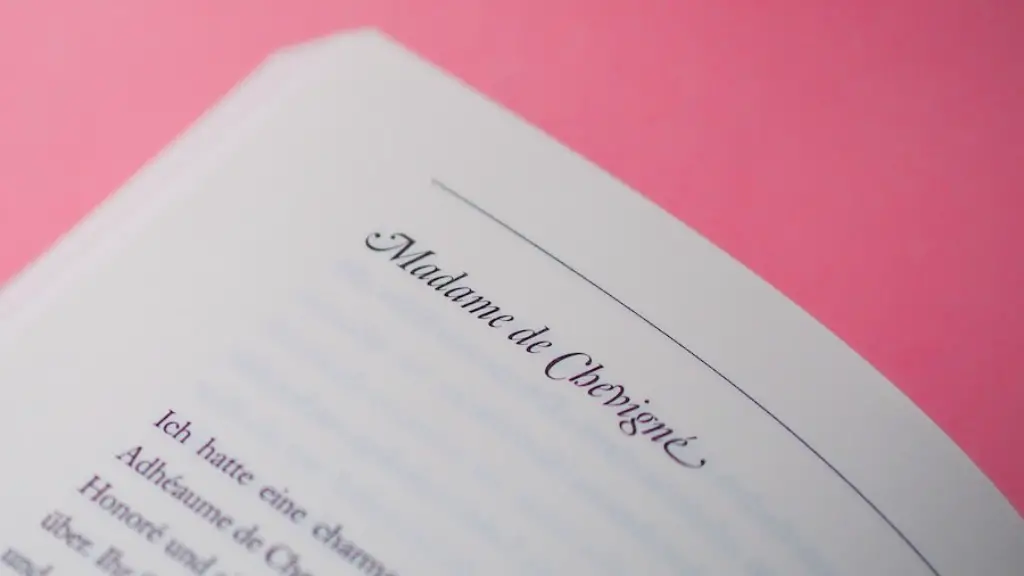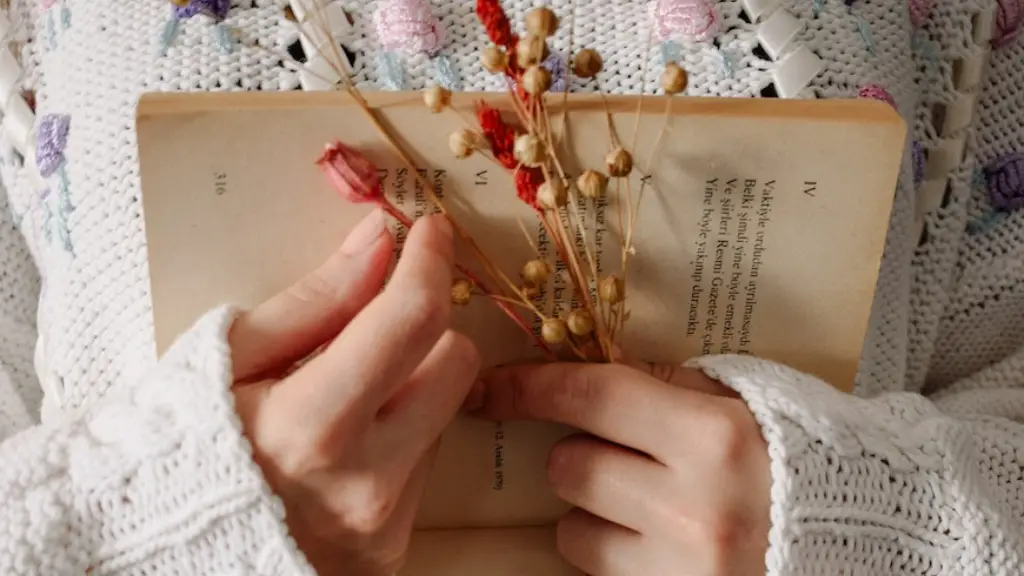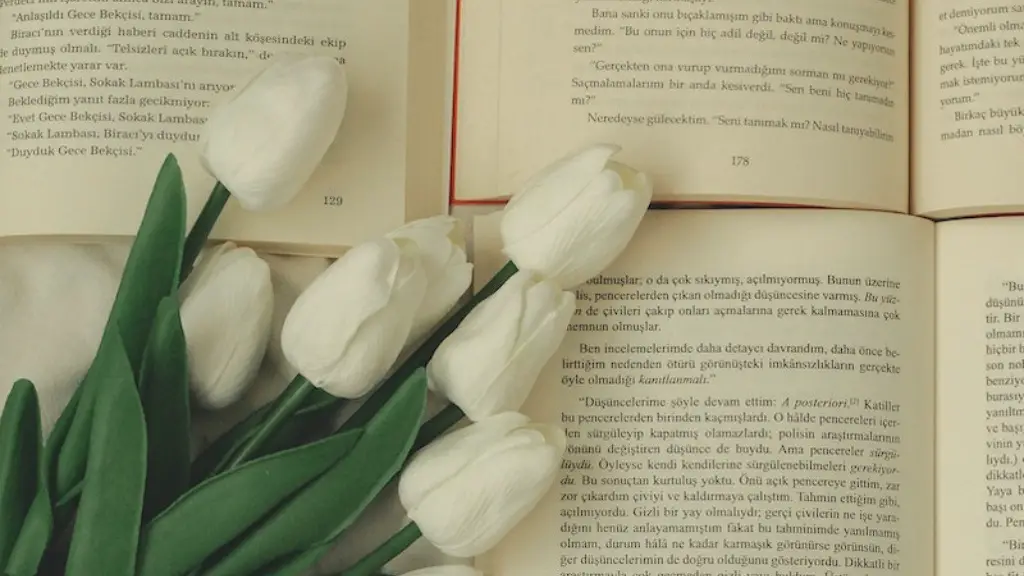Introduction: The tone of a poem is a crucial element in the creation of an effective piece of literature. Tone conveys the author’s feelings, attitude, and mood. While words and images are often used to convey a strong emotion, the tone of a poem is a powerful tool for conveying messages to the readers. It can be subtle or overpowering. Tone in poetry can vary depending on the genre and the purpose of the poem. Tone also serves to create a specific atmosphere, which can add to the impact of the poem.
Definition of Tone: Tone is defined as the overall ‘voice’ or attitude of the poem. It communicates the writer’s perspective or emotion. Tone is usually conveyed through the use of figurative language, images or other elements such as alliteration or repetition. Tone can be either positive, negative, neutral or a combination of all three. Tone in poetry often creates a certain kind of energy that helps to bring the poem to life.
Examples of Tone: The tone of a poem can vary depending on the genre and the purpose of the poem. For example, a romantic poem will often have a more passionate and romantic tone, whereas a dark, gothic poem may have a more sinister, dark and mysterious tone. Tone can also be used to show feelings of happiness, sadness, fear, anger, excitement, and awe. Tone can also be used to create a sense of mystery or suspense.
Importance of Tone in Poetry: Tone is one of the most important elements of poetry and can be used to express ideas, create atmospheres, or to evoke emotions. Tone helps to create a relationship between the poet and the reader. It can be an integral part of the poem’s message and can make the poem resonate with the reader. Tone in poetry can be used to help set the mood and add depth to the poem.
Summarizing Tone: In conclusion, the tone of a poem is a powerful tool for conveying emotion or perspective. Tone can vary depending on the poem’s genre and purpose and can be used to create a certain atmosphere. Tone is also essential for creating a relationship between the poet and the reader. It can be used to express emotion, create mood, and add depth to the poem.
The Different Kinds of Tone in Poetry
Tone in a poem can vary from light hearted and humorous, to somber and dark. Different types of tone can be used for different effects, depending on the poem. Here are some examples of various tones found in poetry:
Romantic: Romantic poetry often has a softer and more passionate tone than other poems. Romance can be described as sweet and sentimental, or passionate and intense.
Humorous: Humorous poems often use light-hearted and playful tone. They use wordplay, irony and sarcasm to convey a funny or mocking message.
Somber: Somber poems often convey feelings of sadness, grief, and loss. They often use imagery to evoke a feeling of sorrow.
Dark: Dark poems usually have a sinister or mysterious tone. They often use symbolism and imagery to create a sense of dread or fear. These poems often address difficult or uncomfortable topics.
Influences on Tone in Poetry
Tone in poetry is influenced by many factors, including the poet’s life experiences, personal beliefs, and values. It can be influenced by the poem’s genre, as well as its purpose. Tone in poetry can also be influenced by cultural, political, and social influences. All these influences can shape and change the tone of a poem in subtle or profound ways.
Techniques Used to Establish Tone in Poetry
There are various techniques that can be used to establish tone in poetry. One of the most common techniques is the use of figurative language, such as metaphors and similes. These can be used to create strong imagery and comparisons that help to evoke certain emotions and feelings. Alliteration and repetition are also commonly used techniques that can be used to add emphasis and create a certain rhythm or mood. Lastly, tone can also be established through the use of literary devices such as rhyme, sound, and rhythm.
The Role of Tone in Poetry
Tone plays an important role in poetry. It can be used to add depth and create a certain atmosphere, to evoke emotion, and to establish a connection between the poet and the reader. Tone also contributes to the meaning of a poem and can be used to convey the poet’s attitude, opinion and perspective. Tone is a powerful tool that can be used to great effect in poetry and it is an essential element in the creation of effective poetry.



